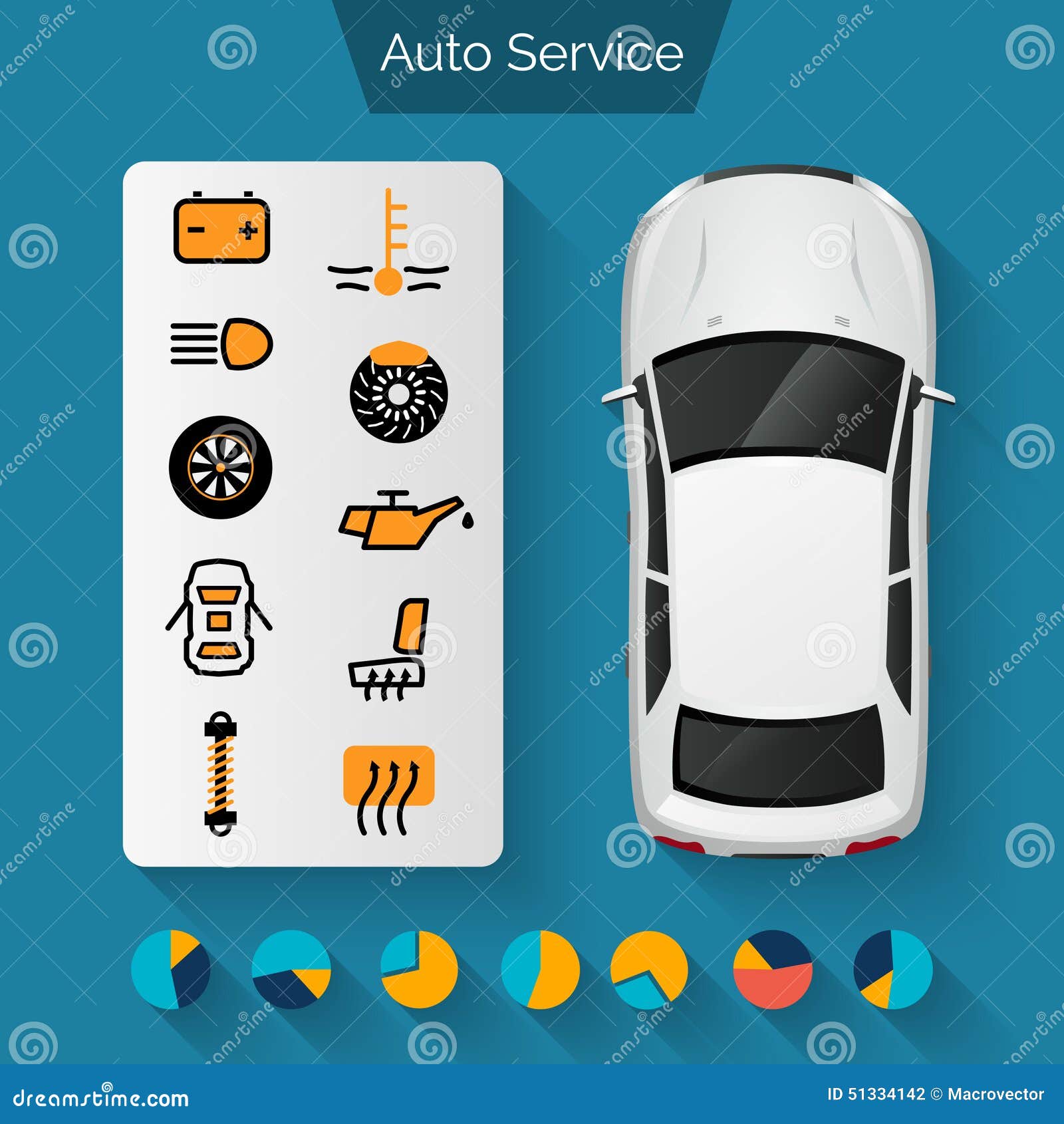Comprehending The Significance Of Your Cars And Truck'S Warning Signals: What They Actually Represent
Comprehending The Significance Of Your Cars And Truck'S Warning Signals: What They Actually Represent
Blog Article
Web Content Writer-Higgins Forbes
When you lag the wheel, those beautiful caution lights on your dashboard can be a bit complicated. Do you understand what they're trying to tell you concerning your car's health? Understanding the significance of these lights is vital for your safety and security and the long life of your car. So, the following time among those lights appears, wouldn't you wish to understand its message precisely and take the essential actions to resolve it?
Common Warning Lights and Interpretations
Identify common warning lights in your automobile and recognize their definitions to make sure risk-free driving.
One of the most normal warning lights include the check engine light, which signifies concerns with the engine or emissions system. If this light begins, it's critical to have your lorry inspected promptly.
The oil pressure advising light suggests low oil pressure, calling for immediate attention to avoid engine damage.
A blinking battery light could suggest a faulty billing system, potentially leaving you stranded if not addressed.
The tire stress surveillance system (TPMS) light informs you to low tire stress, affecting car security and gas efficiency. Overlooking this can result in risky driving problems.
The ABS light suggests an issue with the anti-lock braking system, jeopardizing your capability to stop quickly in emergency situations.
Finally, professional car valet alerting light warns of engine overheating, which can lead to serious damage otherwise fixed promptly.
Comprehending these common caution lights will certainly assist you resolve issues without delay and maintain risk-free driving conditions.
Importance of Prompt Interest
Comprehending the usual caution lights in your cars and truck is only the very first step; the relevance of quickly resolving these cautions can't be emphasized enough to guarantee your safety when traveling.
When a warning light brightens on your control panel, it's your vehicle's means of interacting a prospective issue that needs attention. Neglecting these cautions can cause more serious problems later on, jeopardizing your safety and security and possibly costing you much more in repairs.
Trigger attention to advising lights can prevent failures and crashes. For instance, a flashing check engine light can show a misfire that, if left neglected, might cause damages to the catalytic converter. Resolving this promptly can save you from a pricey repair service.
In a similar way, a brake system cautioning light could indicate low brake liquid or used brake pads, critical components for your safety when driving.
Do It Yourself Troubleshooting Tips
If you see a caution light on your control panel, there are a few do it yourself repairing tips you can try before seeking expert assistance.
The very first step is to consult your cars and truck's manual to understand what the specific warning light suggests. Occasionally wall detailing can be as simple as a loosened gas cap activating the check engine light. Tightening the gas cap may settle the trouble.
One more common concern is a reduced battery, which can set off numerous advising lights. Inspecting the battery links for rust and ensuring they're secure could take care of the issue.
If a warning light persists, you can try resetting it by disconnecting the vehicle's battery for a few minutes and afterwards reconnecting it. Furthermore, examining https://www.autoserviceworld.com/paid-the-boom-of-automotive-diy/ , such as oil, coolant, and brake liquid, can aid fix advising lights associated with these systems.
Conclusion
Finally, understanding your car's caution lights is important for maintaining your car running smoothly and safely. By without delay resolving these signals and recognizing what they indicate, you can stay clear of costly repairs and prospective breakdowns.
Bear in mind to consult your auto's manual for particular details on each alerting light and do something about it as necessary to guarantee a trouble-free driving experience.
Keep notified, stay risk-free when driving!
